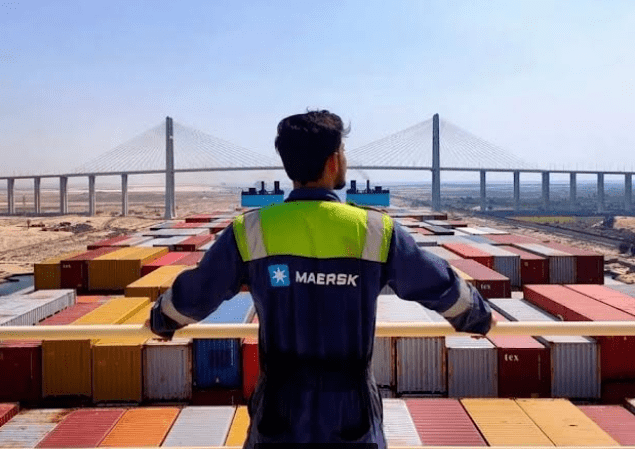Overall container throughput recorded a year-on-year decline of 2.5% in 2023 compared to 2022.
This indicator thus reached estimated volumes of 820 million 20-foot equivalent units (TEUs).
Overall container throughput indicates the number of containers moved in ports. It includes loading, unloading and internal transfers, and reflects the capacity and efficiency of ports.
GenFlat Holdings indicated that the marginal decline in 2023 reflects a period of adjustment following the pandemic-induced increase in trade volumes.
GenFlat Holdings is a start-up company that developed a more sustainable collapsible sea container, which replaces traditional standard sea containers.
The company has operations in container sales and leasing and supplies its patented sea container primarily to shipping line customers under a variety of short- and long-term lease structures.
Overall container throughput
In 2023, global container shipping volumes experienced peaks and valleys, implying a broader economic environment.
Also in the same year, approximately 3.9 million TEUs of containers were added to the global fleet. The total volume of leased TEUs continues to grow.
On the other hand, the total worldwide demand for container shipping amounted to 233.6 million TEUs in 2023 (including inland transport) according to Drewry Container Forecaster as of December 2023.
This term refers to the total amount of goods or cargo that needs to be transported through the global container shipping system.
Maritime transport
World container demand has shown steady and resilient growth. Since 2000, it has maintained a Compound Annual Growth Rate of 5.5%, according to Drewry. This increase is due to several factors.
On the one hand, economic factors drive this demand. These include GDP growth, containerization and industrial production. On the other hand, non-economic factors such as geopolitics, consumer preferences and demographic changes also play a role.
Intermodal sea containers offer a safe and cost-effective form of transportation. They allow raw materials, components and finished goods to be moved using multiple modes of transportation.
In addition, automated container handling speeds up loading and unloading on ships. This facilitates better utilization of transport equipment and reduces transit times.
Finally, sealed containers protect cargo. They help reduce damage, loss and theft of goods during shipment.

